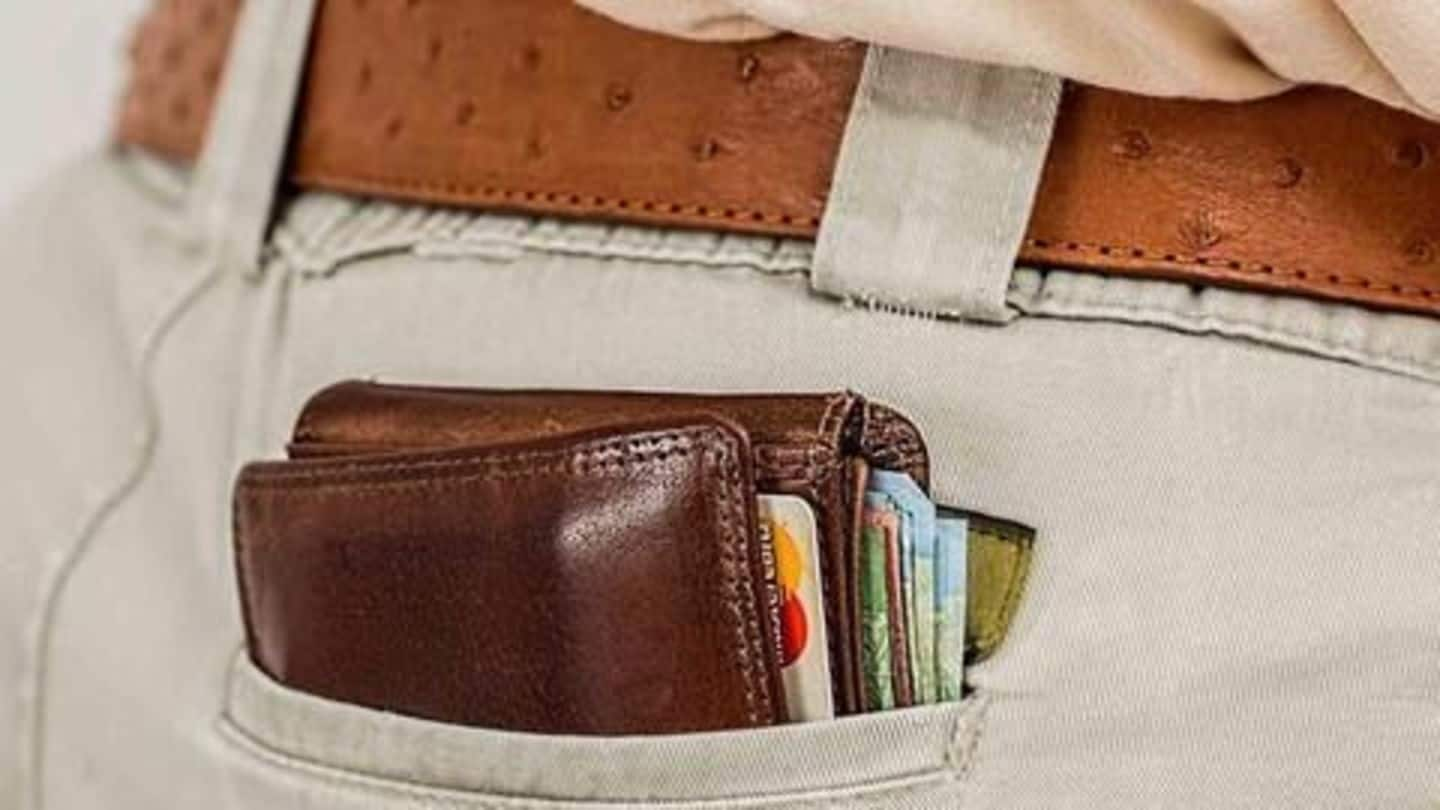
Going cashless to support "Digital India"
What's the story
Indians are more accustomed to having money in their physical wallets than a digital one.
But due to a push for "Digital India" and demonetization, it has become more of a necessity to use digital wallets that eliminates the need to carry cash.
Although, there are several options out there, here are a few among the lot that are being used extensively these days.
Paytm
Paytm, the most popular one after demonetization
This India-based, Alibaba-backed start-up has seen the biggest benefit of the note ban.
Paytm stands for "Pay Through Mobile" and was formed in 2010 by Vijay Shekhar Sharma.
During the initial days of demonetizing, Paytm saw a surge of 7 million transactions constituting of money exchanges of Rs. 120 crore in a day.
FreeCharge
FreeCharge, the wallet backed by Snapdeal
Snapdeal acquired FreeCharge in 2015, in a deal that was then touted as the biggest acquisition of the Internet business in India till that date.
There was buzz that Snapdeal might sell FreeCharge to PayPal to solve cash crunch problems.
But looks like with new CEO Jason Kothari at the helm and Rs. 133 crore investment promise from Snapdeal, things will turn around.
MobiKwik
MobiKwik, trying to bridge Bharat and India
MobiKwik claims that it has a user base of 55 million.
MobiKwik launched a light version in 2016, keeping in mind poor net connectivity in rural areas to get more traction.
One man's loss is another man's gain, after Snapdeal laid off 600 employees, there were reports of MobiKwik recruiting talent from that specific talent pool for their new office.
Oxigen
Oxigen, the first in the Indian digital wallet space
Oxigen, launched in 2014, is the oldest digital wallet in India.
The firm partnered up with SBI and reported Rs. 500 crore worth business transactions in just the initial 10 months.
In 2014, the app launched an innovative feature that allowed their users to send money with their friends and family over social media.
BHIM
BHIM, the government initiative for cashless India
BHIM which stands for Bharat Interface for Money, was launched by Narendra Modi as the government's initiative to bring about cashless India.
In his budget speech of 2017, Finance Minister Jaitley claimed that it is used by over 125 lakh Indian citizens.
It is a Unified Payment Interface, supported by all the major banks of India and also allows payments using Aadhaar number.
Details
Why use a digital wallet?
It is easy to carry around compared to the hassle of keeping cash on a traditional wallet.
It provides multiple recharge and payment options which would otherwise require time and physical effort.
Thanks to the demonetization move it is being widely used for transactions and there are a lot of cash back offers doing rounds.
Challenges
Challenges faced by digital wallet firms
People who are above a certain age bracket, still prefer physical cash.
You need an active net connection and a smartphone, which limits its reach.
Perishable commodities sellers in all tiers of the market may not accept digital payments.
It may be easy to use for net savvy consumers, but to an older consumer base it still is tough to make a shift.
25 Mar 2017
Other players in the block
Samsung Pay has also been introduced in India. However, this payment method is only available for top-end Samsung phones and not others.
Apple users can use its own "Wallet", which allows them to keep digital money and other items like concert tickets and boarding passes.
Google wallet also allows you to send money from phone, desktop or by simply attaching it to a mail.